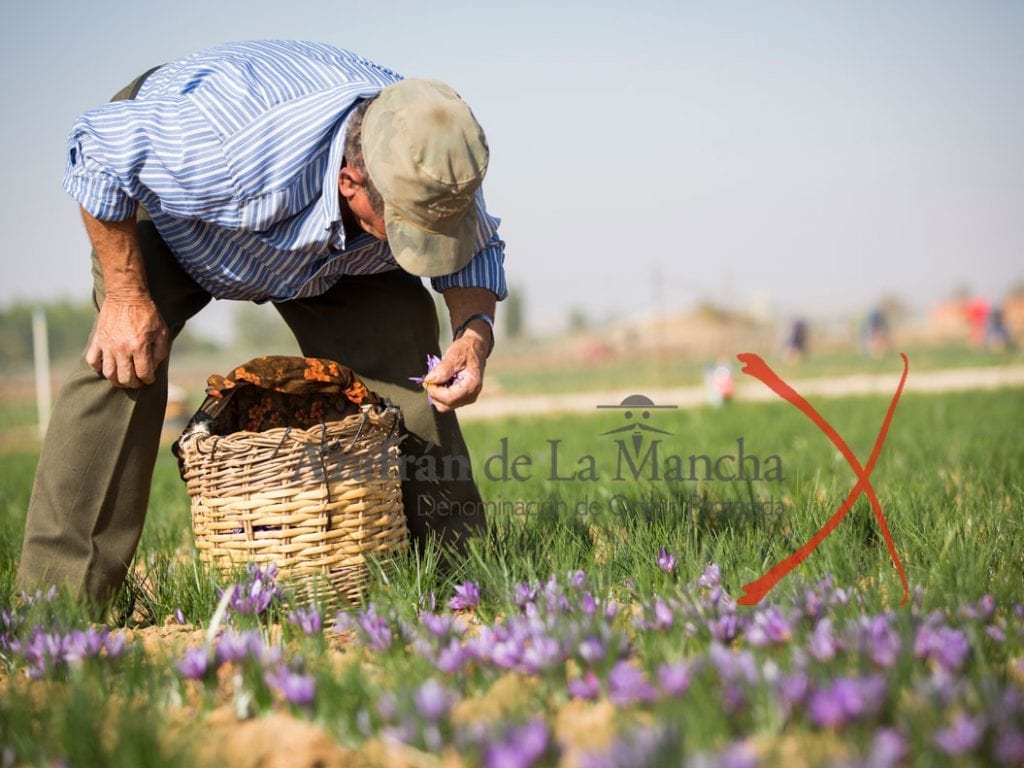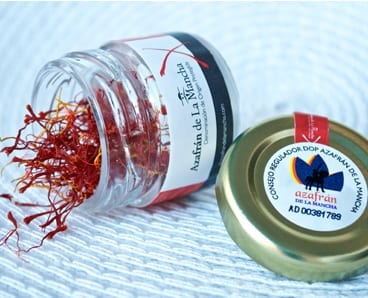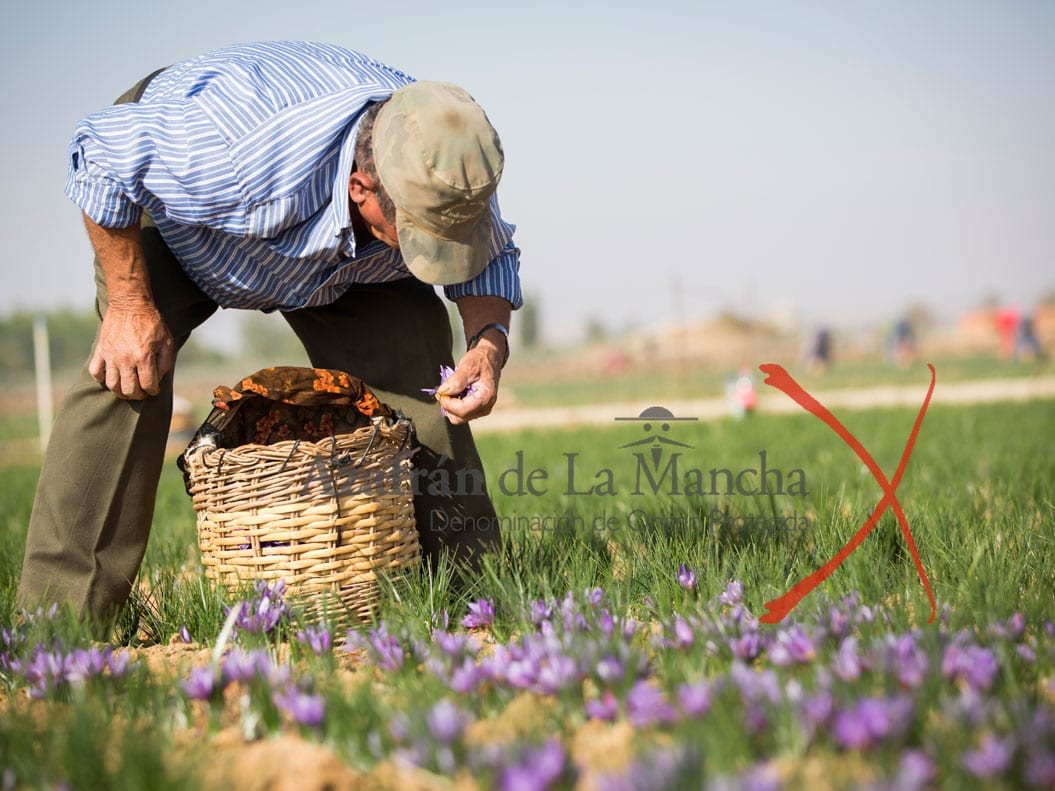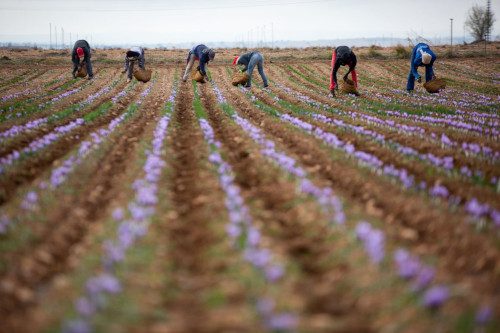After the end of the campaign a few weeks ago, the DO Saffron from La Mancha values very positively the quality and quantity obtained from the spice. With an amount of 607 Kg la DOP encourages and facilitates the entry of new producers. For this reason and together with the Union of Small Farmers (UPA) They will train to produce saffron with this prestigious La Mancha seal. Because during the last years the entire production of the red seasoning has been sold so good gourmet food. Learn more here.
The great prestige in the market of spice de Castilla la Mancha it facilitates its commercialization and the success in the sales has been increasing. Currently the great challenge of DO Saffron from La Mancha, as in the entire high-quality food market, is to guarantee this excellent quality and food safety. All this to continue maintaining the great position that this saffron has with respect to the competition, the best in the world.
Origin, growth and harvest
Although its origin moved from the Mediterranean coast to the interior of La Mancha, the towns Phoenicians, Greeks and Romans who brought him to Spain. Then the Arabs they expanded it throughout the Iberian Peninsula, where the crop was adapting to the conditions of soils and climates. Specifically, in Castilla la ManchaAfter the saffron settled for several centuries, farmers worked it in a simple, daily way and based on cooperation between neighbors. From the field to earn your prestige Through travelers, writers or other witnesses of the La Mancha product, it reached popularity.
La PDO Saffron from La Mancha hosts different production areas that pass through the provinces of Albacete, Ciudad Real, Cuenca and Toledo. In the municipalities where the fields are filled with the purple color of their flowers, a spice is born that is sheltered within each flower. This is collected when it begins to open its corolla, in the stage after the emergence of these plants between October 15 and early November.
During the harvesting campaign, farmers start the day early, basket under their arms, to go removing the flower in its entirety until avoiding the hottest hours. The cut is made in one pull, in the area that joins the stem and the calyx. Afterwards, these flowers are delicately placed on the wicker basket, material that allows the product to aeration. Then the next stage is the peel.

Peeled and toasted
A process of debrided or peeled It is done immediately on the collected flowers, which are spread gently on a dry but absorbent surface, avoiding caking. This task consists of extracting the saffron properly speaking, which are the flower stigmata. It breaks at the part of the stem where it begins to take on a color whitish. They are kept in a container like a bowl.
Finally, the toasted applies to that saffron with a fundamental role, since the aroma, content moisture, coloring power and physical stability. A thermal treatment by storing the product in containers that isolate it from both light and moisture allows perfect conservation. Then the DO Saffron from La Mancha markets the spice in small cans of 100 grams at most within a year from when it is produced.
Quality and control
With the great responsibility of defending the best saffron in the world the Protected Designation of Origin seek the help of laboratories and invest in R + D to ensure this quality. This is intended to involve producers. Also demonstrate to the final consumer the difference of their saffron versus others from the market, which come from many parts of the world with different qualities.

Promotion from the DO Azafrán de La Mancha
Although it is considered the best saffron in the world for some, it is a great unknown by many experts. In this way, the DOP wants to establish a campaign of promotion and awareness of the product. It will be held in hospitality schools, gastronomic associations and academies for, in this way, encourage their consumption.
Another great challenge for the prestige of the product and that can facilitate its commercialization is to involve the gastronomic tourism. Therefore, it is planned to carry out the Saffron Route. During the current year 2020 it is intended to do the project that would take place next year 2021.
This project, in addition to invigorating the area, will allow the involvement of the region's hospitality industry, town councils and institutions. As well as the same agricultores with visits to the field and its facilities. Introduce more people and interested parties to this seasoning good gourmet food is the challenge posed by the DO Saffron from La Mancha.







